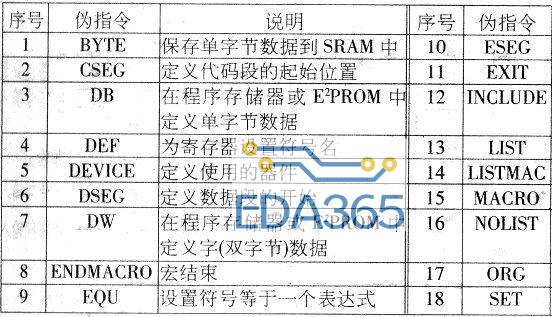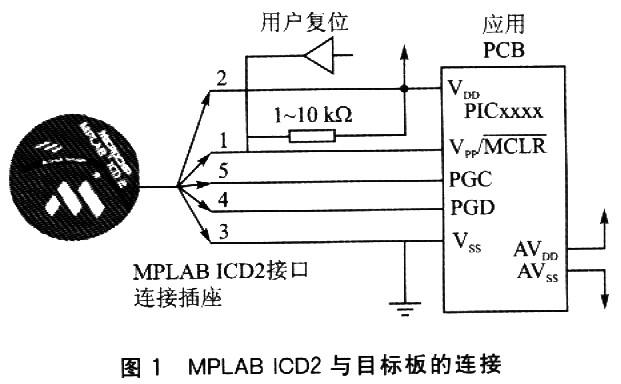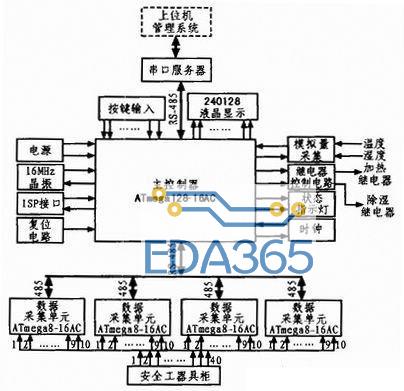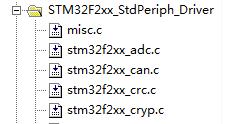second_drv.c驱动源码:
#include "linux/device.h"
#include "linux/module.h"
#include "linux/kernel.h"
#include "linux/fs.h"
#include "linux/init.h"
#include "linux/delay.h"
#include "asm/uaccess.h"
#include "asm/irq.h"
#include "asm/io.h"
static struct class *seconddrv_class;
volatile unsigned long *gph2con;
volatile unsigned long *gph2dat;
volatile unsigned long *gph3con;
volatile unsigned long *gph3dat;
static int second_drv_open(struct inode *inode, struct file *file)
{
// 配置GPH2_3为输入引脚
*gph2con &= ~(0xf<
// 配置GPH3_0,GPH3_1,GPH3_2,GPH3_3为输入引脚
*gph3con &= ~((0xf<
return 0;
}
ssize_t second_drv_read(struct file *file, char __user *buf, size_t size, loff_t *ppos)
{
// 返回5个引脚的电平
unsigned char key_vals[5];
int regval;
if (size != sizeof(key_vals))
return -EINVAL;
// 读GPH2_3
regval = *gph2dat;
key_vals[0] = (regval & (1<<3)) ? 1 : 0;
// 读GPH3_0,GPH3_1,GPH3_2,GPH3_3
regval = *gph3dat;
key_vals[1] = (regval & (1<<0)) ? 1 : 0;
key_vals[2] = (regval & (1<<1)) ? 1 : 0;
key_vals[3] = (regval & (1<<2)) ? 1 : 0;
key_vals[4] = (regval & (1<<3)) ? 1 : 0;
copy_to_user(buf, key_vals, sizeof(key_vals));
return sizeof(key_vals);
}
static struct file_operations sencod_drv_fops = {
.owner = THIS_MODULE, // 这是一个宏,推向编译模块时自动创建的__this_module变量
.open = second_drv_open,
.read = second_drv_read,
};
int major;
static int second_drv_init(void)
{
major = register_chrdev(0, "second_drv", &sencod_drv_fops);
seconddrv_class = class_create(THIS_MODULE, "second_drv");
device_create(seconddrv_class, NULL, MKDEV(major, 0), NULL, "buttons"); // /dev/buttons
gph2con = (volatile unsigned long *)ioremap(0xe0200c40, 16);
gph2dat = gph2con + 1;
gph3con = (volatile unsigned long *)ioremap(0xE0200C60, 16);
gph3dat = gph3con + 1;
return 0;
}
static void second_drv_exit(void)
{
unregister_chrdev(major, "second_drv");
device_destroy(seconddrv_class, MKDEV(major, 0));
class_destroy(seconddrv_class);
iounmap(gph2con);
iounmap(gph3con);
return 0;
}
module_init(second_drv_init);
module_exit(second_drv_exit);
MODULE_LICENSE("GPL");
====================================================================
seconddrvtest.c测试程序:
#include "sys/types.h"
#include "sys/stat.h"
#include "fcntl.h"
#include "stdio.h"
// seconddrvtest
int main(int argc, char **argv)
{
int fd;
unsigned char key_vals[5];
int cnt = 0;
fd = open("/dev/buttons", O_RDWR);
if (fd < 0)
{
printf("can't open!\n");
}
while (1)
{
read(fd, key_vals, sizeof(key_vals));
if (!key_vals[0] || !key_vals[1] || !key_vals[2] || !key_vals[3] || !key_vals[4])
{
printf("d key pressed: %d %d %d %d %d\n", cnt++, key_vals[0],
key_vals[1], key_vals[2],
key_vals[3], key_vals[4]);
}
}
return 0;
}
『本文转载自网络,版权归原作者所有,如有侵权请联系删除』
 热门文章
更多
热门文章
更多









